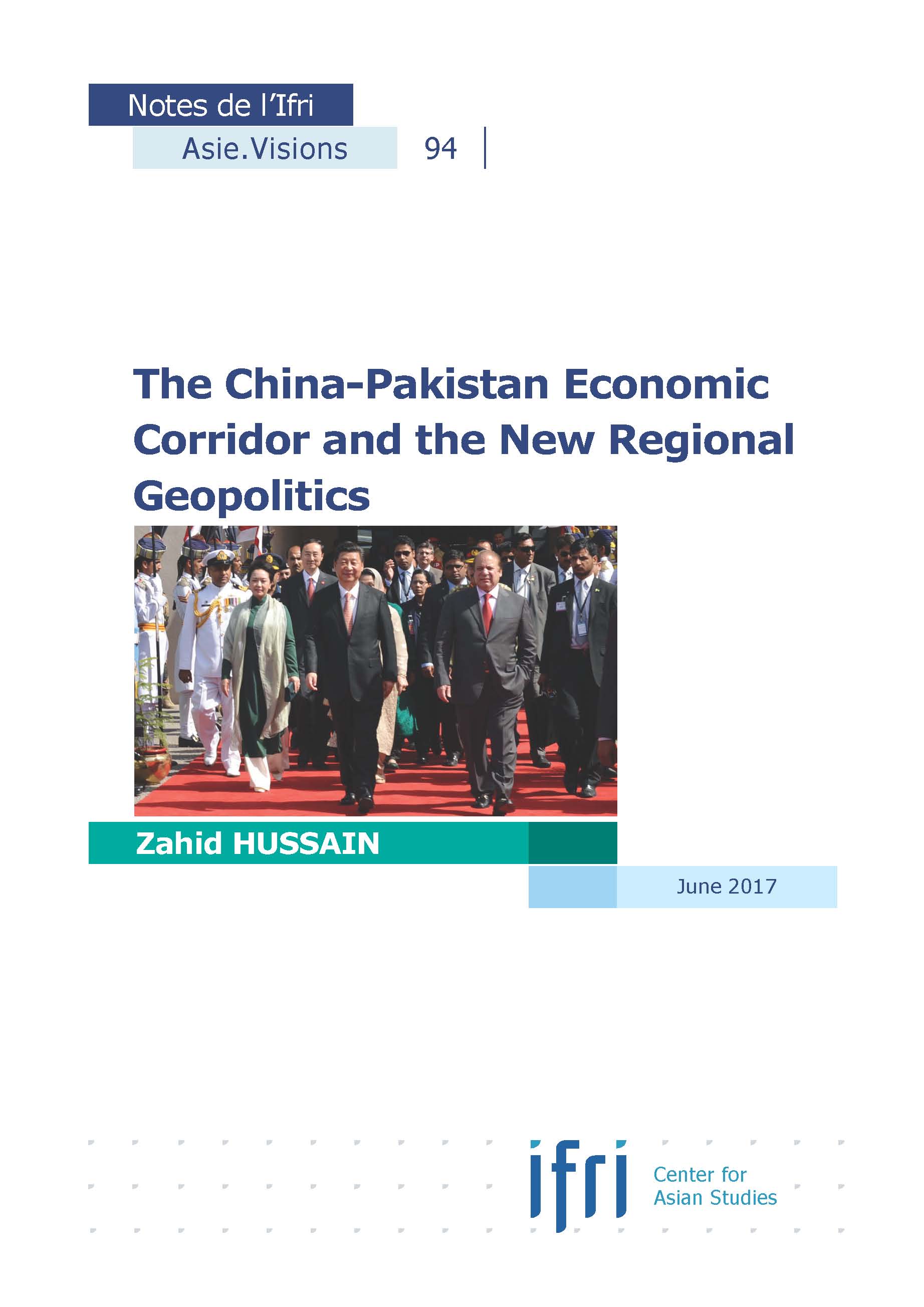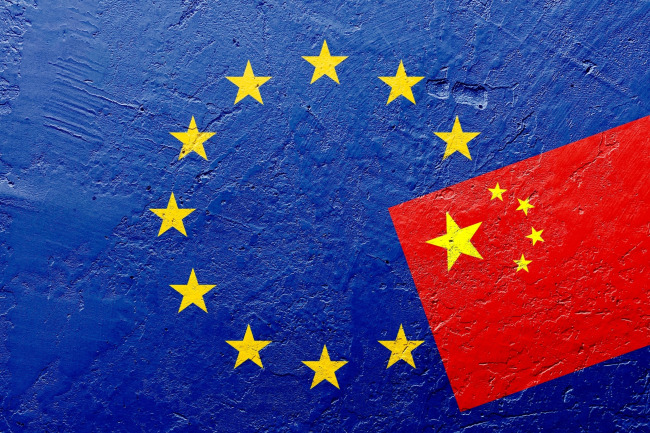The China-Pakistan Economic Corridor and the New Regional Geopolitics

The China-Pakistan Economic Corridor (CPEC) brings a dimensional shift in the two countries' relations at a time of significant geopolitical change. But while it promises wide-ranging benefits for infrastructure development and economic growth in Pakistan, a number of important challenges remain to be overcome if the project is to be sustainable and produce long-term benefits for Pakistanis.
The CPEC is a nodal part of China’s larger Belt and Road Initiative that envisages connecting China to Europe, the Middle East and Africa. As part of the project, Pakistan welcomes investments worth tens of billions of dollars for infrastructure and power sector development at a time when it desperately needs foreign investment to boost its fledgling economy. The addition of an expected 10,000 MW of electricity to the national grid by end 2018 will help overcome energy shortages and give a major boost to the economy. Similarly, the development of roads and other transport infrastructure will also improve connectivity inside the country as well with other neighboring countries in the future. The connectivity part of the project could actually become a game changer for Pakistan.
However, there may be some unintended, adverse consequences for public finances if Pakistan does not put its policies right. The Chinese money may be coming with a cost that many believe could have serious long-term implications for Pakistan’s balance of payments. Although China has an extremely positive image among Pakistanis, the lack of transparency on the terms of various CPEC projects has generated a growing skepticism in Pakistan’s civil society and business circles. For instance, there is a strong apprehension that the concessions granted to Chinese firms could adversely affect domestic industries. There are also questions about Chinese firms bringing their own labor to work on the projects, thus depriving Pakistanis of important employment opportunities.
In other words, a major challenge for Pakistan is to negotiate better terms with the Chinese firms so as to reap maximum benefit from their investments. The underlying issue for Pakistan’s leadership is how to implement the CPEC program in a way that removes structural imbalances and puts the economy on a sustainable growth trajectory. The CPEC can also become a source of regional economic integration provided efforts are made to reduce inter-provincial disparities and focus more on the country’s economically backward areas. Despite disagreement over the distribution of CPEC projects, there is complete consensus among the provinces and political parties on the long-term economic benefits that the Chinese investments could bring for the country. The notion that economic growth will bring political stability is also largely shared.
Finally, the growing China–Pakistan axis reflects Asia’s emerging geopolitics and realignment of forces. Pakistan’s estrangement with the United States and heightening tension with India has led Islamabad to increase its reliance on China, its “all weather friend”. The burgeoning relationship between the United States and India is also a factor that is further consolidating the China-Pakistan axis. Meanwhile, the CPEC has raised hope of greater connectivity and economic cooperation among the regional countries. Once the projects are implemented, Pakistan’s geostrategic location should make it a potential nexus for the Eurasian “Silk Road Economic Belt” and a Southeast Asian “Maritime Silk Road”. The CPEC could then not only serve as a game changer for Pakistan, but also for the entire region.
Download the full analysis
This page contains only a summary of our work. If you would like to have access to all the information from our research on the subject, you can download the full version in PDF format.
The China-Pakistan Economic Corridor and the New Regional Geopolitics
Related centers and programs
Discover our other research centers and programsFind out more
Discover all our analyses
Opening up the G7 to South Korea to Address Contemporary Global Challenges
The G7’s global influence has diminished as powers like China reshape international governance through initiatives such as BRICS and the Shanghai Cooperation Organisation (SCO). With the G7 now representing just 10 per cent of the world’s population and 28 per cent of global GDP, its relevance is increasingly questioned.
Expanding SPDMM as a pivotal institution in the Pacific – A French perspective
The South Pacific Defence Ministers’ Meeting (SPDMM) is the only forum that brings together defense ministers from the wider South Pacific — including Chile, which is hosting it for the first time. This heterogeneous group of countries with varying resources, capacities, and interests — Australia, Chile, Fiji, France, New Zealand, Papua New Guinea (PNG), and Tonga — are united by their shared determination to strengthen cooperation on maritime security and humanitarian assistance and disaster relief (HADR) activities.
EU’s Derisking From China: A Daunting Task
With economic security as a major concern, the EU has recently turned to “derisking” from China. The EU strategy entails reducing critical dependencies and vulnerabilities, including in EU supply chains, and diversifying where necessary, while recognizing the importance and need to maintain open channels of communication.
Sri Lanka’s NPP Government. From System Change to Structural Compliance
In September 2024, a relative outsider to Sri Lanka’s two-party-dominated political system, Anura Kumara Dissanayake, won the presidential elections. The anti-establishment, populist movement he represented, the National People’s Power (NPP), went on to receive an overwhelming mandate in the November 2024 general elections, winning 159 seats in a 225-member parliament.









